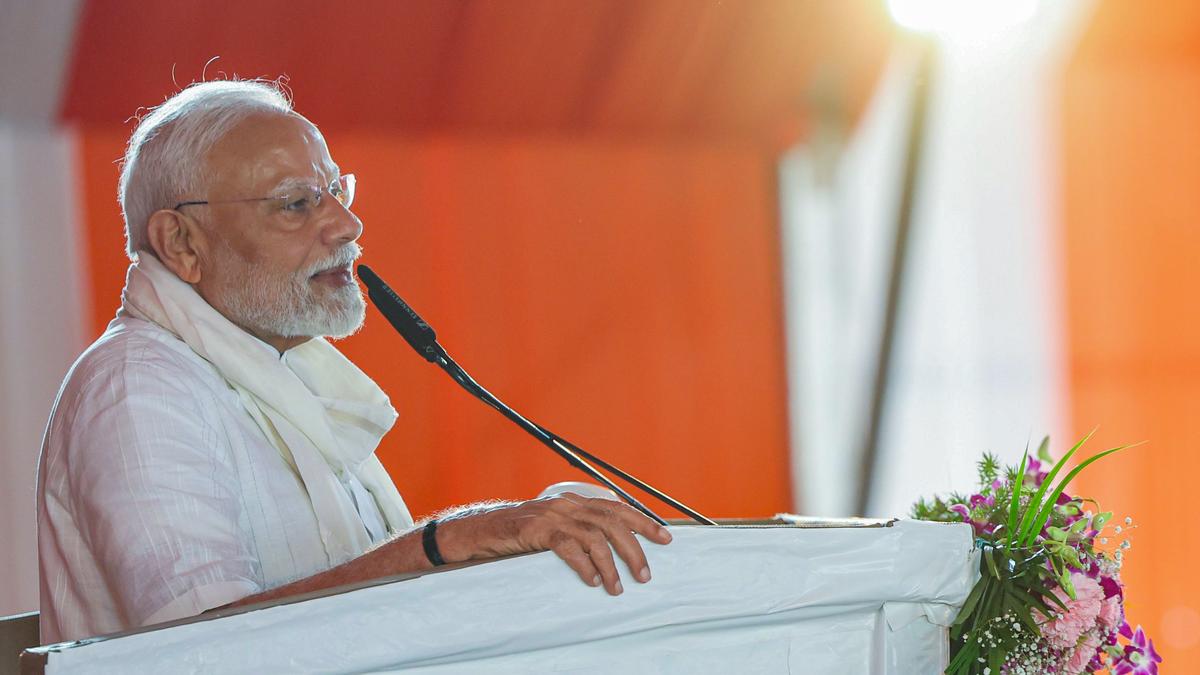Now Reading: Thar Desert Wind Farms Record World’s Highest Bird Mortality Rates
-
01
Thar Desert Wind Farms Record World’s Highest Bird Mortality Rates
Thar Desert Wind Farms Record World’s Highest Bird Mortality Rates

Quick Summary:
- Wind Energy Growth in India: India added 3.5 GW of wind energy capacity in the first half of 2025,marking an 82% year-on-year growth,bringing total installed capacity to 51.3 GW. Though, only a fraction of India’s estimated wind power potential (1163.9 GW) has been utilized.
- Bird mortality Concerns: Recent studies highlight notable bird mortality rates at Indian wind farms, particularly the Thar Desert (home to critically endangered species), with an estimated loss of 4,464 birds per year per 1,000 sq km from collisions with turbines and power lines.
– Raptors are especially vulnerable due to their flight behavior and low reproductive rates.
– Mitigation strategies like site selection tools and turbine blade visibility enhancements have been proposed but not implemented widely.
– Onshore wind projects currently lack mandatory Environmental Impact Assessments (EIAs).
- Shift to Offshore Wind farms: India aims for 30 GW offshore wind capacity by 2030 and recently launched bids for projects in Gujarat and Tamil Nadu.
– Offshore resources are perceived as more viable given land acquisition challenges for onshore projects.
– Potential environmental risks include harm to marine biodiversity from noise pollution and turbidity during construction phases.
Indian Opinion Analysis:
india’s expansion in both onshore and offshore wind energy highlights its commitment toward renewable energy goals amid rising energy demands. However, while impressive growth signals progress toward enduring development objectives, data revealing impacts on bird populations call attention to gaps in ecological obligation within project planning processes.India’s Central Asian Flyway areas are critical for avian biodiversity; so integrating robust mitigation measures through pre-installation EIAs will be essential not just legally but ethically.
The transition toward offshore installations could resolve some land-related hurdles but introduces new environmental complexity involving marine ecosystems-underscoring the need for extensive studies before implementation. As India looks ahead at achieving ambitious climate targets through renewables like wind power development alongside ensuring biodiversity preservation should emerge as a dual focal point informing future policy or investment decisions.
Read more: Nature Scientific Reports























